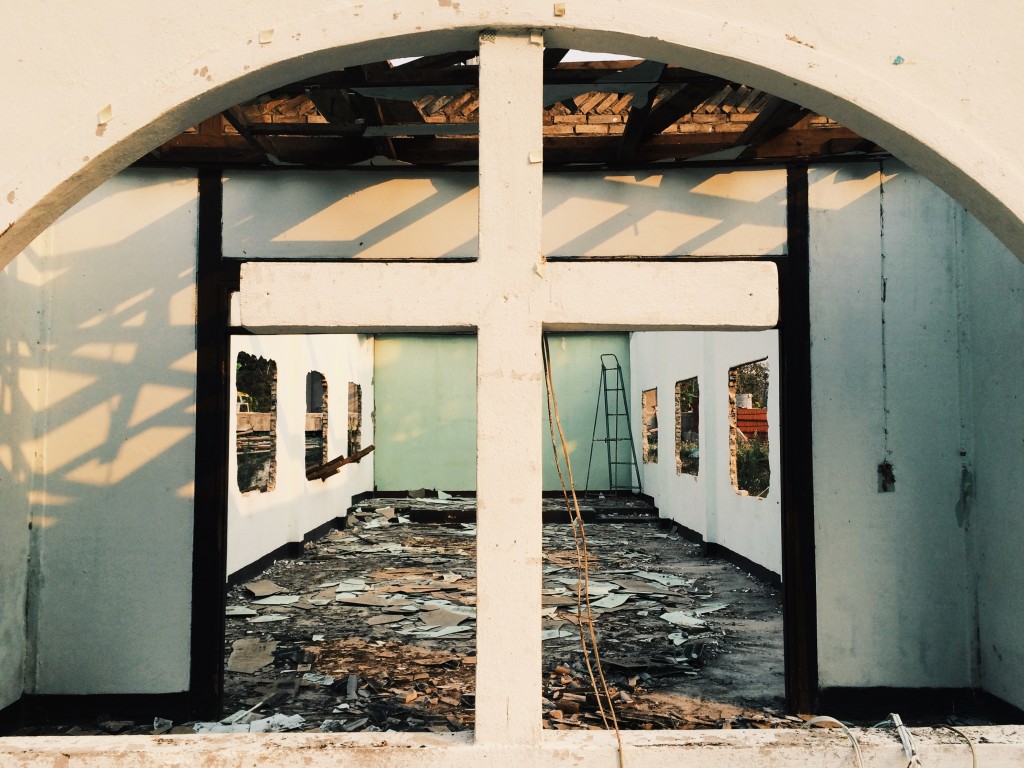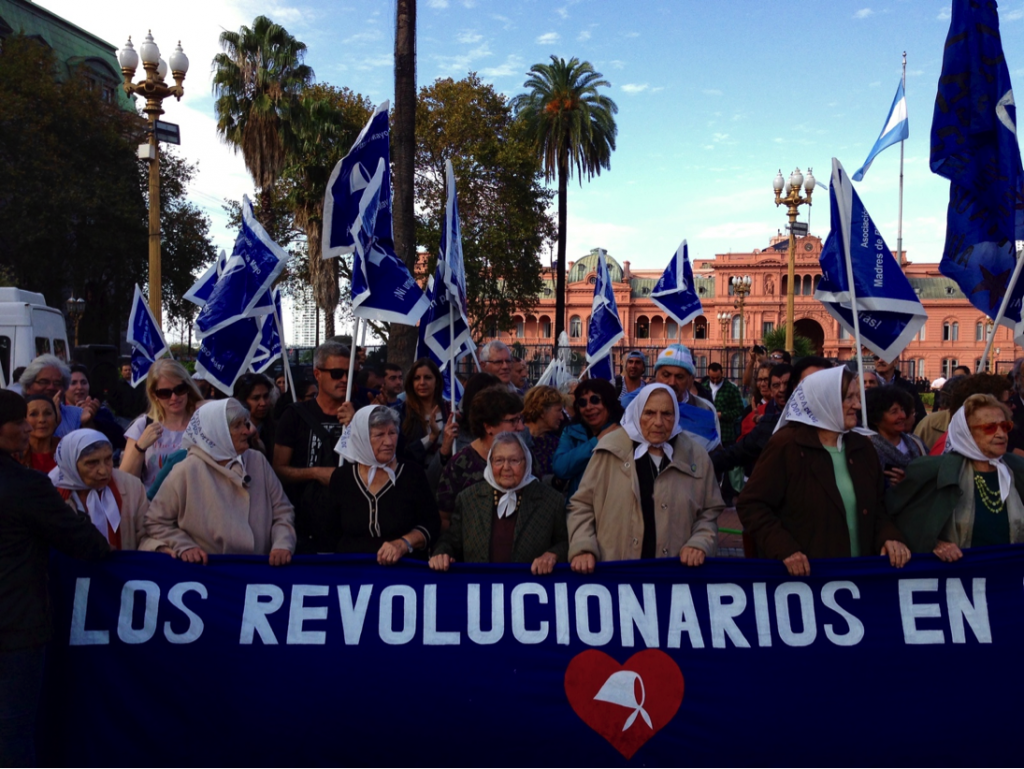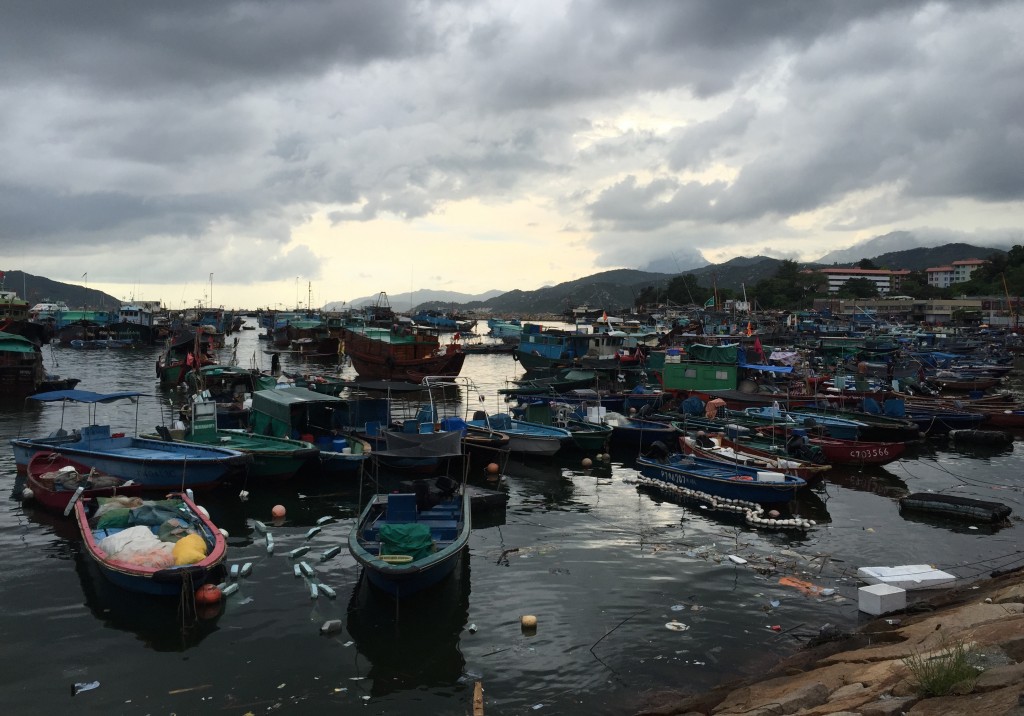Beauty in the Midst of Adversity
The votes are in and we have a winner! Gordon’s Global Education Office hosts a yearly photo contest for students who participated in study abroad or summer missions programs during the academic year. This year’s contest theme—”Beauty in the Midst of Adversity”—captured the beauty of God’s creation in the midst of personal, national or international struggles.
First Place: Mackenzie Sains ’16
First place goes to Mackenzie Sains’ photograph of Santonpin Church in Santonpin, Thailand. Mackenzie writes, “This photo is the remains of the church in Santonpin. Santonpin is a small village in Northern Thailand where I spent one month of my semester. The church body was very present in the village, and I was able to help and experience the community coming together to demolish the church building in preparation for a new building. Even though my experience in the community was positive, there was brokenness amidst the people. Alcoholism, abuse, and broken relationships underlie the beauty of this village that I learned to call home. This photo was taken after the first day of demolition. The church body worked together in the hot Thai sun, one member fell through the roof and nearly killed himself, and yet despite all of the brokenness and destruction—Jesus was still there. This image manifests the victory of Christ, the broken made beautiful under the shadow of the cross.” Mackenzie is a communication arts major from California.
Second Place: Kaira Colman ’16
Second places goes to Kaira Colman’s “Las Madres de Plaza de Mayo” photo during her year in Buenos Aires, Argentina, through CIEE. Kaira writes, “In this photo you will find some of the most beautiful and courageous women in Argentina. They are known as ‘Las Madres de la Plaza de Mayo’ or in other words, revolutionaries against the military soldiers that were running the country during the dictatorship in 1976-1983. During this time, Argentina faced its darkest moments: moments of terror and torture, of control and confusion, of pure evil and oppression, and of the simple unknown fact of whether or not you or a loved one would return home. The military controlled anything and everything possible during this time in Argentina. The soldiers would kidnap and torture anyone who proposed even the slightest threat against the government. Los desaparecidos, or ‘the disappeared,’ were those who were victims of this kidnapping and torture and, in almost all cases, death. The women above are not only mothers who lost a child or family member to the dictatorship, but heroic women who stood against these horrid acts, marching every day in single file lines around the Plaza de Mayo. Not saying a word or holding up a sign, but with a white handkerchief tied on their head, they marched risking their own lives to unite and fight. These women still march to this day and can be found every Thursday at noon walking around the plaza. As one mother told me, the courage and unity felt once arriving to the plaza during these times was like no other, it wiped away all fear and anxiety, providing her with strength. This is the meaning of God’s beauty in the midst of trial.” Kara is a psychology and Spanish double major from Massachusetts.
Third Place: Charlie Mitchell ’16
Third place goes to Charlie Mitchell’s photo of Cheung Chau Island during the Summer Finance Seminar in Hong Kong. Charlie writes, “Uneven roads and garbage infestation have a way of jolting you into a new reality—a reality that is far from beautiful. It is dirty. It is jarring. This is Cheung Chau Island, a sight that evokes sadness, poverty, commotion, and adversity. However, while I think beauty is relative, I also think it is everywhere. If you allow your paradigm to shift, finding beauty amidst adversity is simple. I think so often we get bored with the conventional sense of beauty, beauty that relies on superficial aesthetic pleasure. Something is beautiful if it ‘looks pretty.’ But we get tired of finding beauty in pretty things. That is why we visit rundown historical sites and why Cheung Chau Island is a large tourist attraction today. How could a place so plagued with garbage become one of the largest tourist sites? It is because we yearn to find meaning in something bigger than what we see—and that not only is beautiful, but that is beauty. I do think this sight is aesthetically beautiful. After all, it is beautiful that a sight so rugged can be captured so clearly. The water looks still so crisp and the commotion, the adversity can appear still so calm. This paradox is beautiful. This sight is beautiful not only because of its looks, but because it can simultaneously represent such physical and aesthetic adversity while also telling a story, giving us insight into another culture: its people, its history, and its everyday life. That C703566 boat belongs to somebody, maybe a man who fishes to make a living. Somebody’s clothing is washed in that water. It shows the busyness and self-sufficiency of the Hong Kong people. It betrays hints of what all of Cheung Chau Island, a previous fishing village, used to look like. Superficially beautiful things rarely ever reveal this kind of meaning, or we rarely are ever bothered to try to uncover it. That is why I believe it is so meaningful to realize that the beauty is not only in the midst of the adversity, but the beauty is the adversity.” Charlie is a finance and accounting double major from New York.
View all photo contest submissions >>
Follow along on Instagram with #gordonglobal >>
 The Bell
The Bell

